We were lucky to catch up with Gwenlyn Boley recently and have shared our conversation below.
Gwenlyn, appreciate you joining us today. Let’s kick things off with your mission – what is it and what’s the story behind why it’s your mission?
I have been a private music instructor for around nine years and the first five years I taught at a music school where the students would meet me in a studio for lessons. There were perks to teaching in a studio, for me, I could schedule students back to back, I could set up the space how I preferred, and the students had an opportunity to play on a different instrument from their own. While I was maintaining a studio job, I had a friend suggest I try teaching in-home lessons, he had a few students he needed to transfer to a different teacher and suggested I try it out. I started with the one family then gained a few more in the area then I started to notice an interesting pattern. The students I met in home seemed more comfortable and confident and seemed to even progress a little quicker. I tucked that thought away for a while thinking it was just coincidence and focused on my lessons. A while later, the school I had been teaching at decided it was going to close its doors so the owners could retire. I offered to come teach my students in-home so they didn’t have to go find a new teacher after we had been working together for several years. Several of the families agreed to start in-home lessons and here also opened up my opportunity to test my theory. Over the next few weeks I noticed my students become less anxious in their lessons, more comfortable at their instrument, more willing to try new techniques and concepts, and they started to progress in their studies even quicker than before! As a teacher, I am able to see what instrument and environment my students are practicing in and make more accurate adjustments for their own instrument and space. Parents have a better visual of what they should see and hear in practice at home and are able to support their student better. Outside of musical instruction, I have found myself closer to the families and have been offered dinners and treats, invited to events and even once asked to help put ornaments on the Christmas tree.
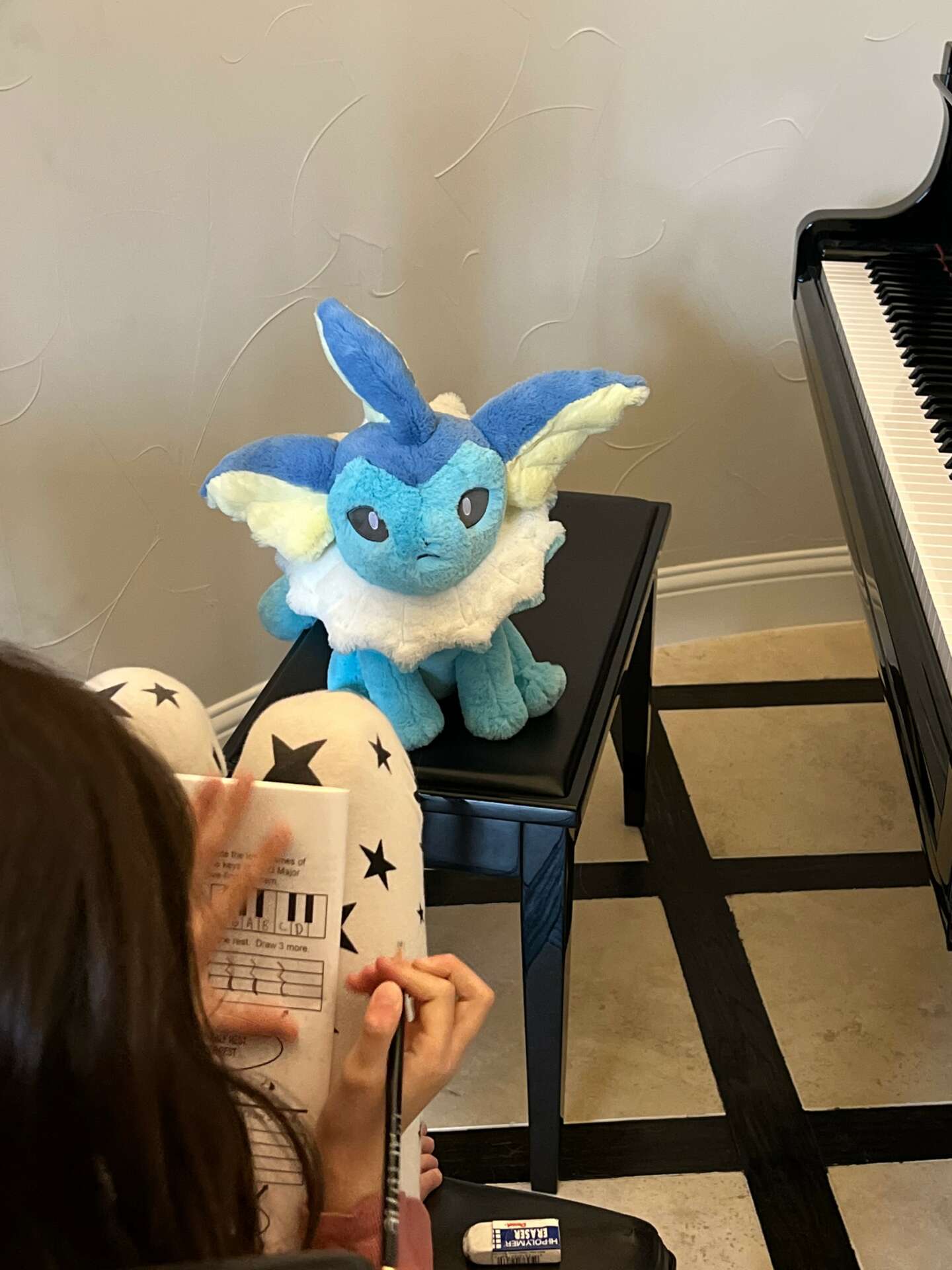
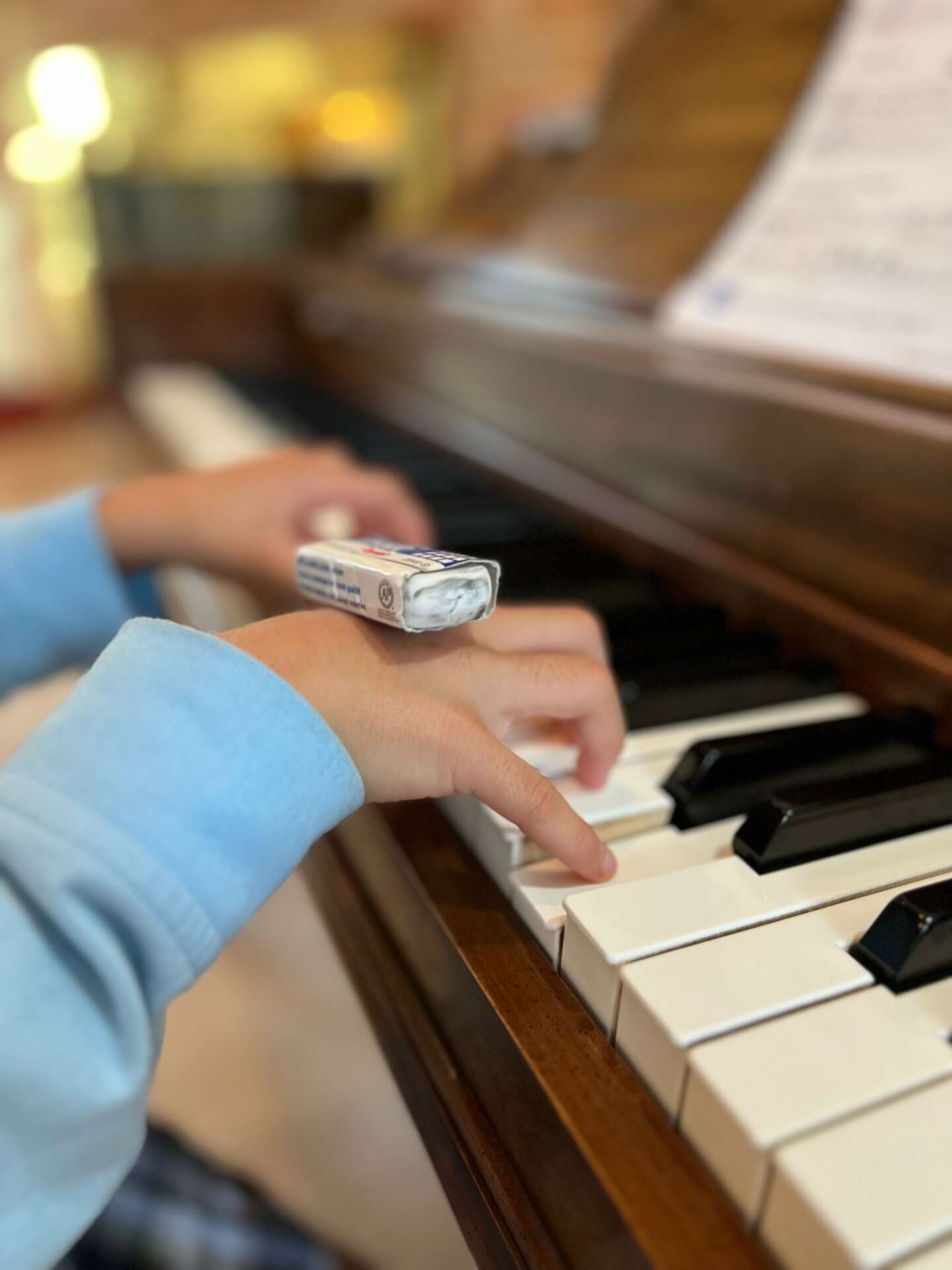
As always, we appreciate you sharing your insights and we’ve got a few more questions for you, but before we get to all of that can you take a minute to introduce yourself and give our readers some of your back background and context?
Cut-Time Traveling Music School provides in home lessons for all ages and abilities. Our mission is to facilitate a learning environment where students feel encouraged and safe to take risks and make mistakes, where students can discover their own passion for music and feel free to express themselves through the various styles and cultures of music, and where students can be guided to reach their fullest musical potential. Our goal is to foster this experience through a well rounded, high quality education, viewing music not just as an activity, but as an art form. I started teaching private lessons while I was pursuing my Bachelors in Music Education. The original plan was to become a full time school teacher but I really enjoy the one on one experience found in private lessons. I enjoy classroom teaching and still find myself stepping in for music teachers occasionally but there is something extra special about being able to tailor lessons to each individual learner so they can receive the instruction they need. In-home lessons also takes the phrase “meeting the student as they are” to a whole new level, pajamas, dinosaur masks, pets, stuffed animals, and all. The musical and social benefits of in-home lessons for the student are outstanding as well!
One of my favorite stories to share is about a students that started piano with me at a studio when she was four. For the first six months of her lessons she did not speak a single word to me. I tried asking questions, offering for her to draw pictures, point at options, everything I could think of but still, not a word. I could tell she practiced during the week but she was so scared to play the piano I had to convince her every week to put her hands on the piano. Even as she progressed with her studies I couldn’t help feeling disconnected from her. When the school closed she ended up starting in home lessons with me. At the first lesson I got the cherished “what are you doing here?” that every teacher wants to hear….but she spoke. As lessons continued each week she seemed to say a few more words and I got to learn a little more about her and what she likes. Fast forward to the present, I can’t get her to stop talking some days and I am very proud of the musicality she portrays in her playing and the rate of her progression has grown wonderfully! I asked if she remembers those days and she can recall being petrified to play at the studio, surrounded by all of the other players. She felt insignificant and incapable hearing the others play. Now, I would even dare to say say she is thriving!
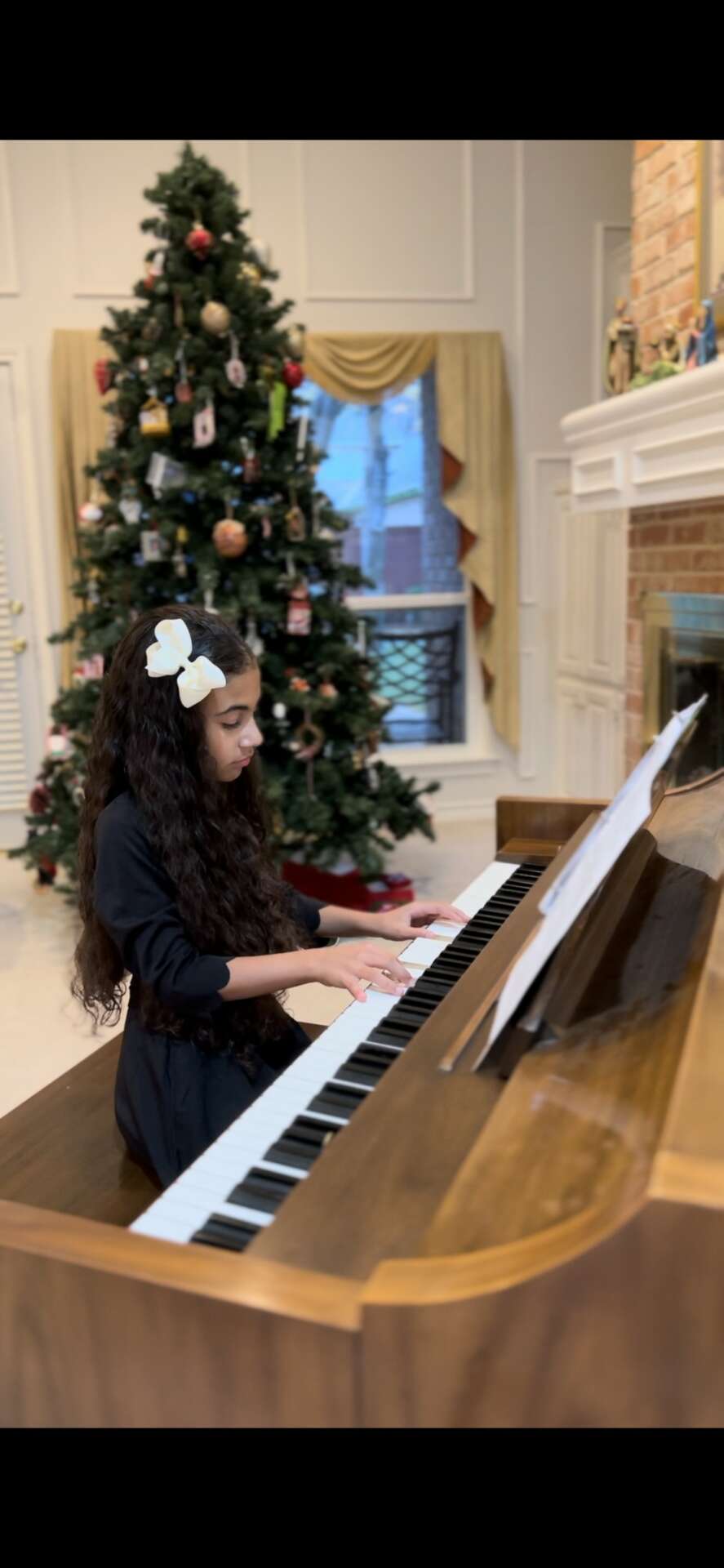
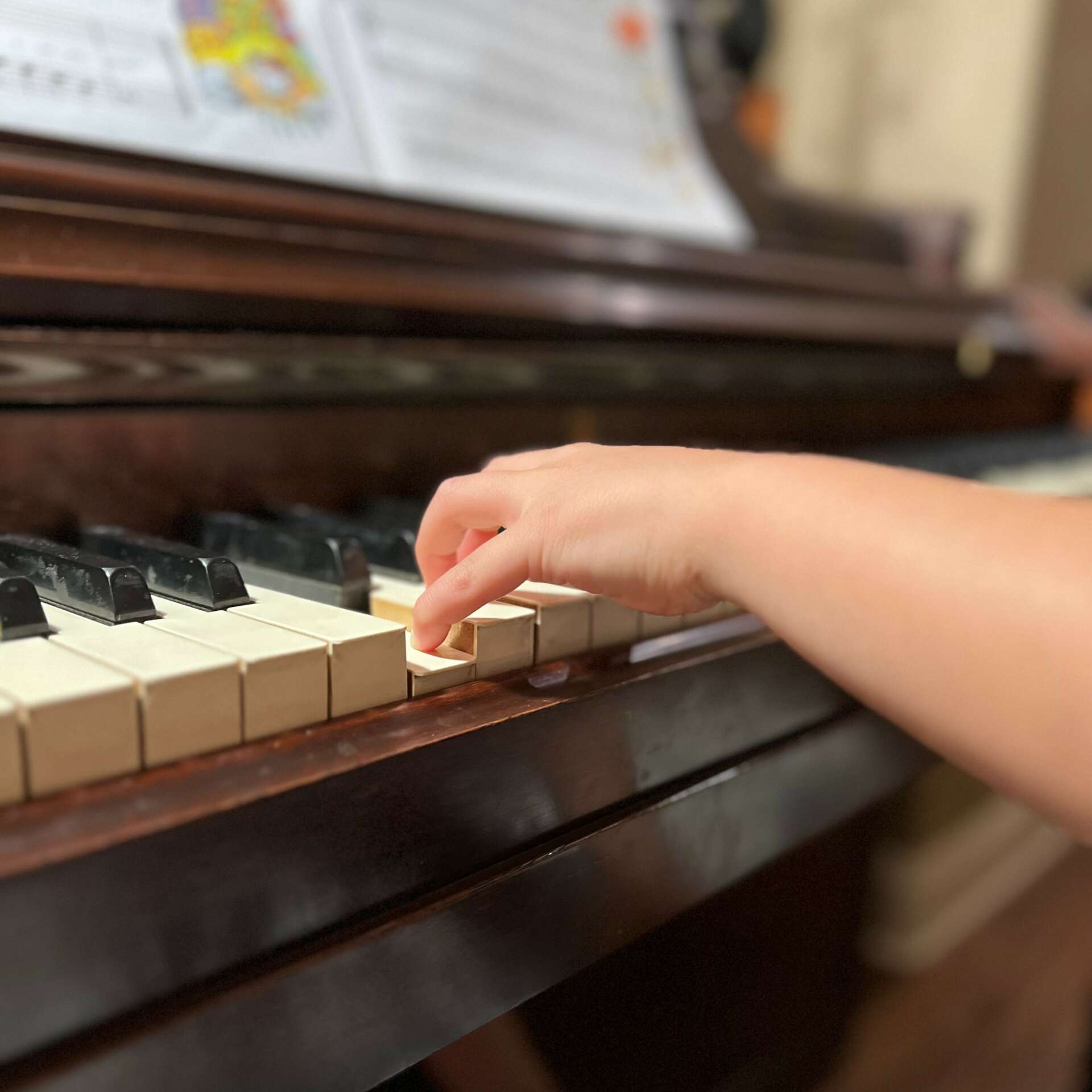
Learning and unlearning are both critical parts of growth – can you share a story of a time when you had to unlearn a lesson?
A lesson I had to unlearn was that students at a certain age are only capable of certain things. A weird vague sentence so allow me to explain. In college I had some marvelous teachers who did a fantastic job giving me the foundations from which I teach to this day. In one of my classes we were discussing what abilities (most) students have at their age range. This is important information when you are planning lessons, you don’t want to teach over their heads after all. I found a lot of teachers hold very close to that information and even allow it to create a restriction on the information they teach, I was guilty of also doing this for a while. I soon came to a realization that that information is a good starting point of what to expect from your student, but I also learned they more often than not capable of so much more. Children’s brains are sponges after all! Since coming to this conclusion, I find myself presenting new material, or even full material to students instead of withholding information for when they are older and I have found their capabilities to be incredible! A short example: In classroom teaching we usually only use two, maybe three pitches on the scale for the first year or two. In private lessons, I have been able to introduce the whole pitch scale to students as young as 5 years old, they understand, and can use it functionally in sight-reading! This is something frequently reserved until closer to fifth grade!
Lesson learned: don’t withhold information from your students!
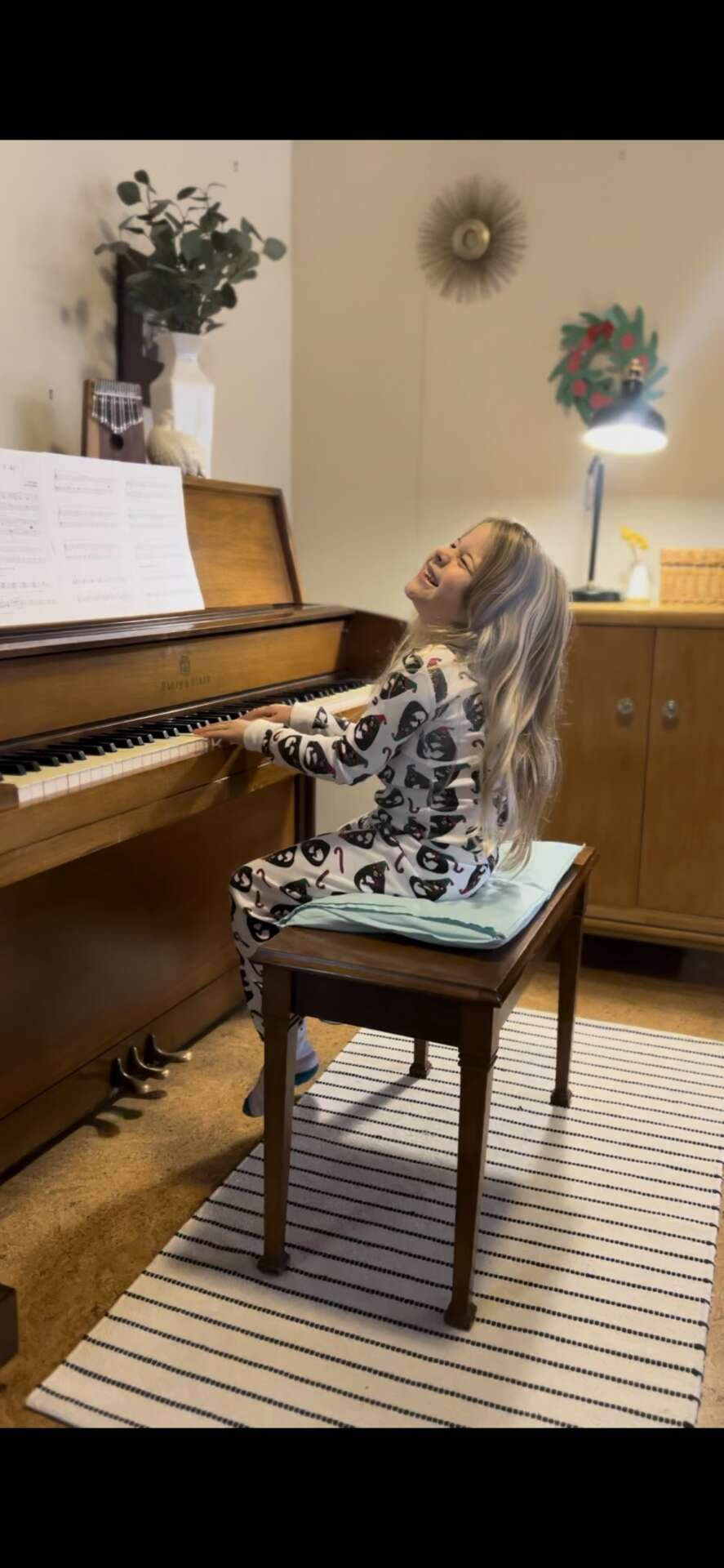
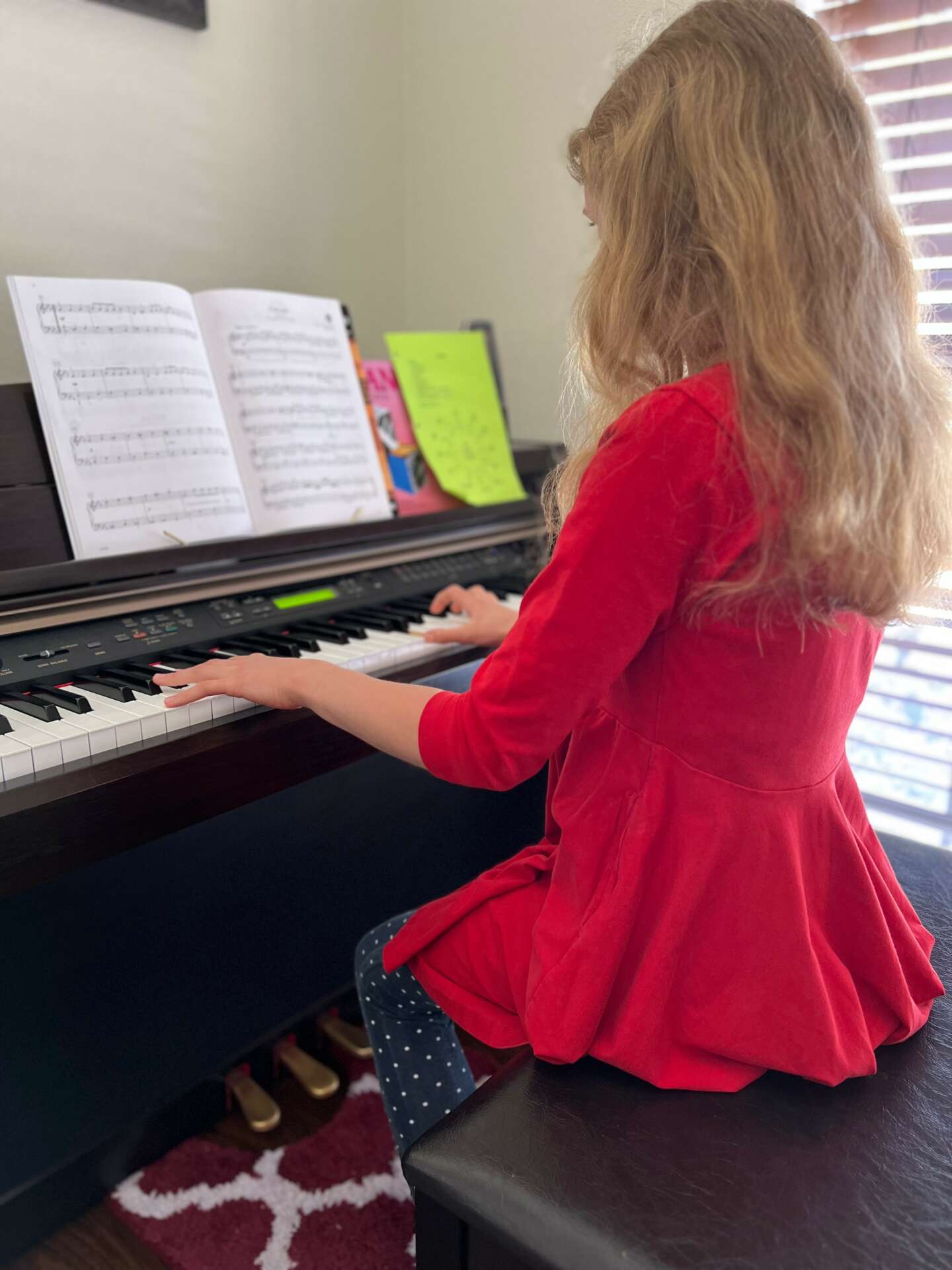
What’s been the most effective strategy for growing your clientele?
One of the most effective strategies for growing my clientele is word of mouth. In fact, almost every student I have is a result of a recommendation! I am very grateful to my students and their families for believing in my methods and quality of teaching enough to share with their friends and neighbors!
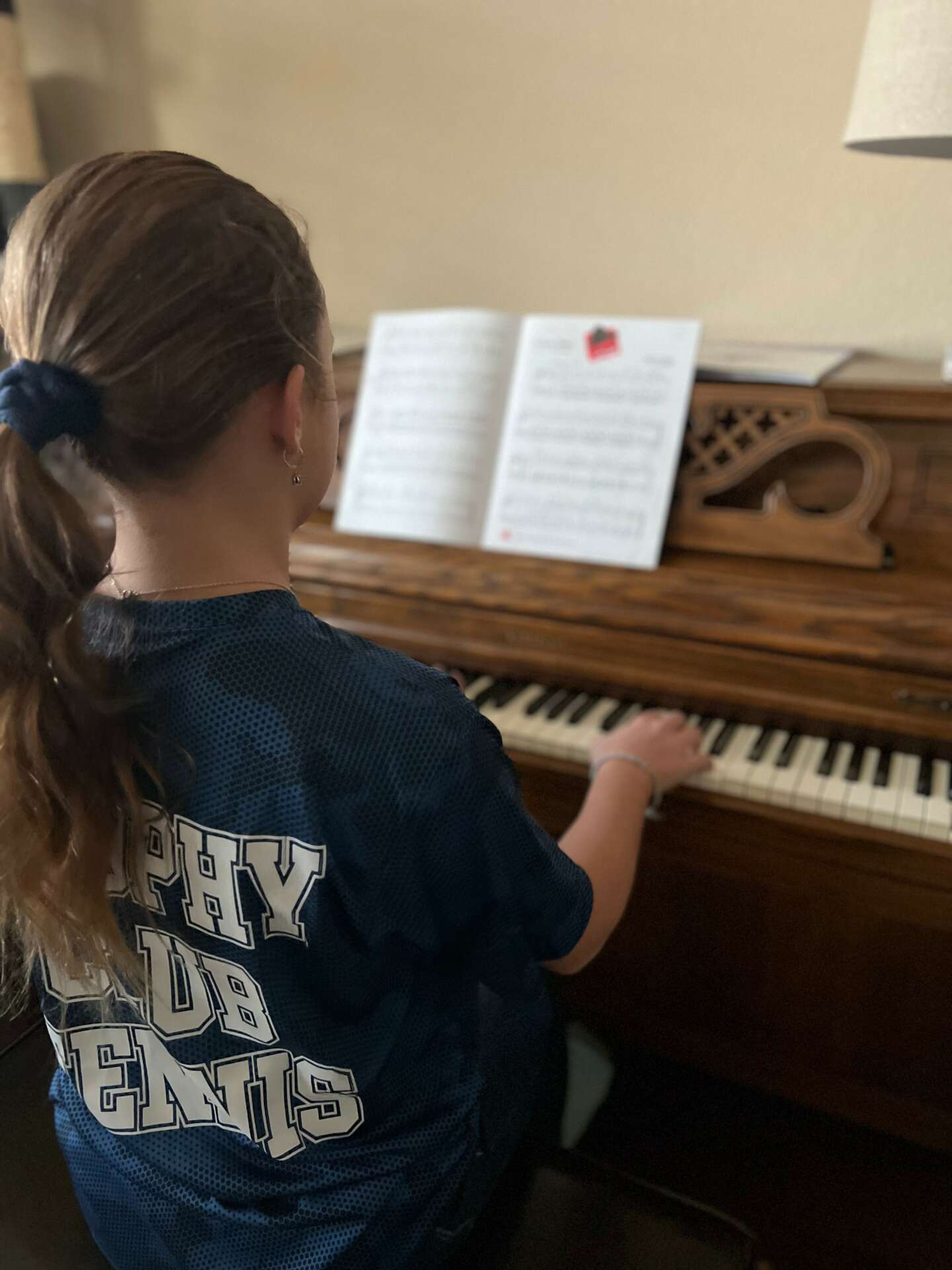
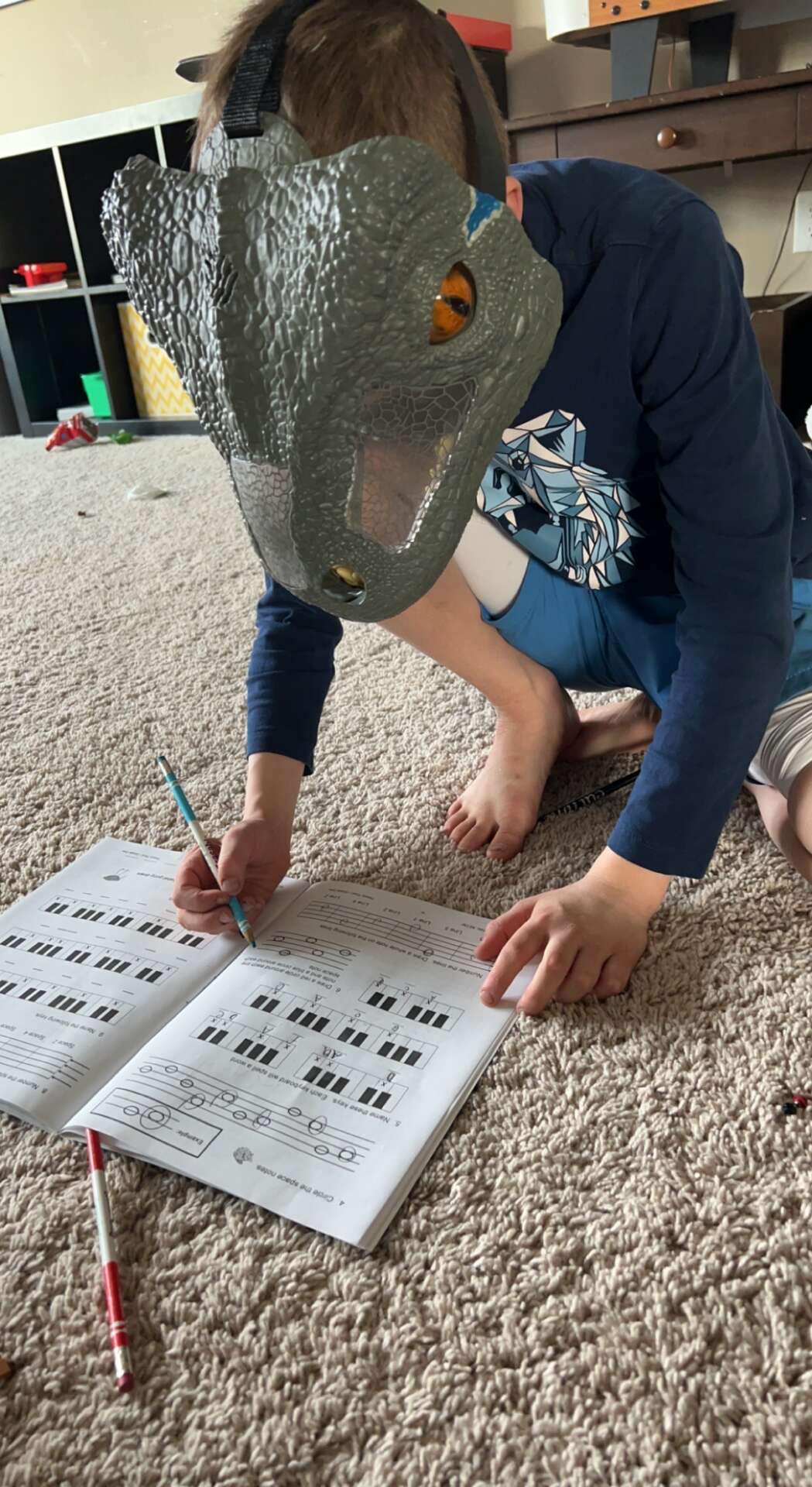
Contact Info:
- Website: https://cut-timetravelingmusicschool.mymusicstaff.com/Home
- Instagram: @cuttime_traveling_music_school
- Facebook: Cut-Time Traveling Music School
Image Credits
Gwenlyn Boley.


